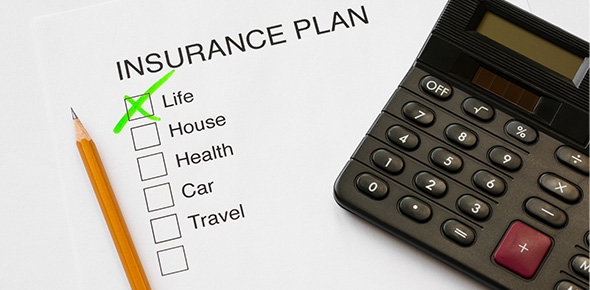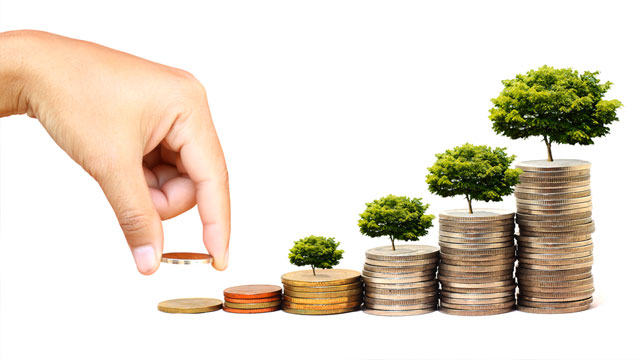Related Flashcards
Related Topics
Cards In This Set
| Front | Back |
|
Assets that people are generally willing to accept in exchange for goods and services or for payment of debts
|
Money
|
|
Anything of value owned by a person or a firm
|
Asset
|
|
A good used as money that also has value independent of its use as money
|
Commodity money
|
|
What are the 4 functions of money?
|
1. Medium of exchange
2. Unit of account 3. Store of Value 4. Standard of deferred payment |
|
Money, such as paper currency, that is authorized by a central bank or governmental body and that does not have to be exchanged by the central bank for gold or some other commodity money
|
Fiat money
|
|
The narrowest definition of the money supply: The sum of currency in circulation, checking account deposits in banks, and holdings of traveler's checks
|
M1
|
|
The government's profit from issuing fiat money is called:
|
Seigniorage
|
|
A broader definition of the money supply: M1 plus savings account balances, small-denomination time deposits, balances in money market deposit accounts in banks, and noninstitutional money market fund shares
|
M2
|
|
Deposits that a bank keeps as cash in its vault or on deposit with the Federal Reserve
|
Reserves
|
|
Reserves that a bank is legally required to hold, based on its checking account deposits
|
Required reserves
|
|
The minimum fraction of deposits banks are required by law to keep as reserves
|
Required reserve ration
|
|
Reserves that banks hold over and above the legal requirement
|
Excess reserves
|
|
Reserves are liabilities/assets?
|
Assets
|
|
Deposits are liabilities/assets?
|
Liabilities
|
|
The ratio of the amount of deposits created by banks to the amount of new reserves
|
Simply deposit multiplies
|






